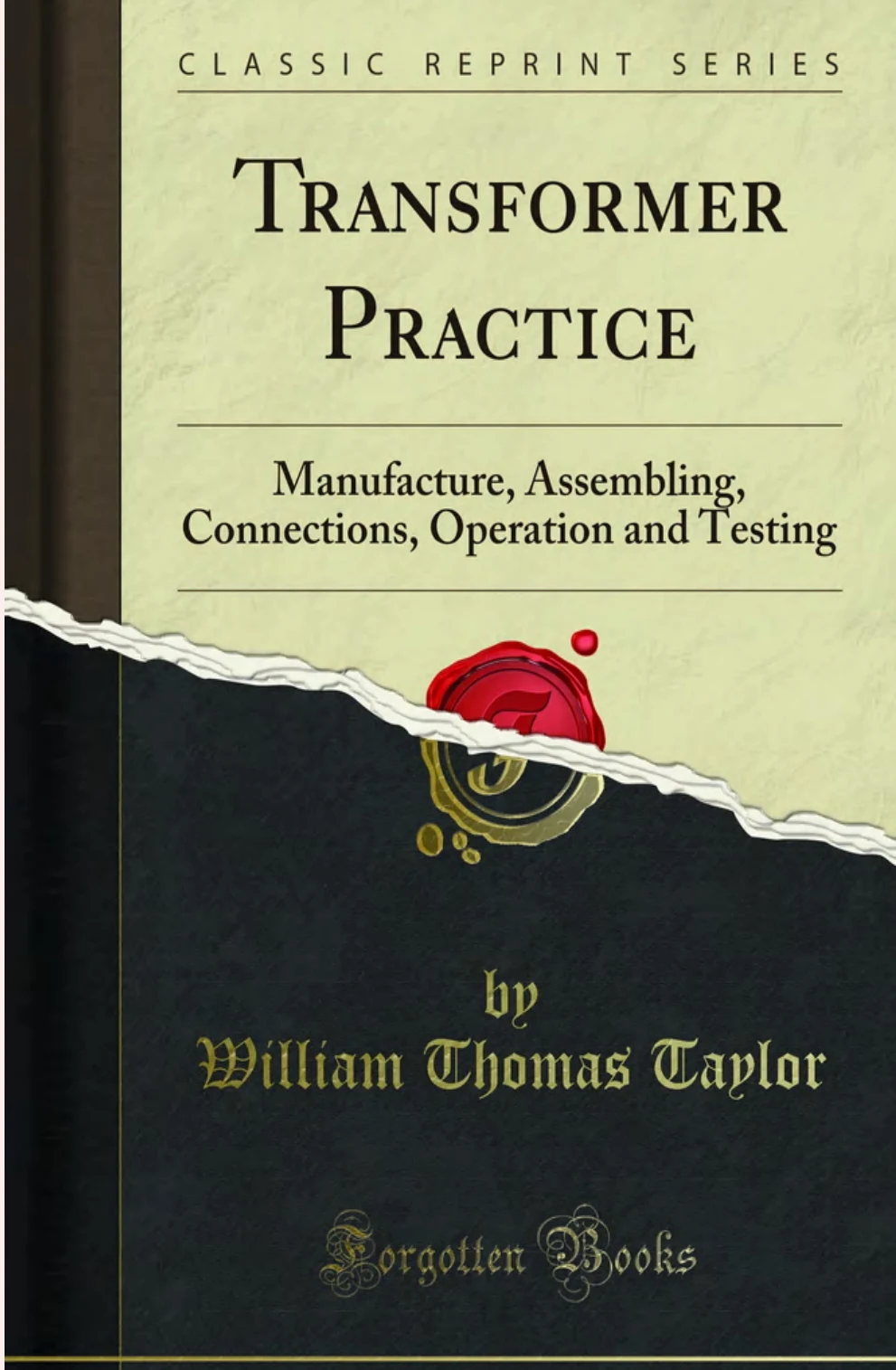Transformers Practice encompasses the entire lifecycle of a transformer, from its design and manufacturing to assembly, connection, operation, and testing. Transformers are crucial components in power systems, enabling voltage conversion between different levels for efficient power transmission and distribution. This practice ensures their proper functioning, reliability, and efficiency in various applications.
1. Manufacturers:
Transformer manufacturing is a specialized process handled by major companies that follow rigorous standards (IEC, IEEE) to ensure high quality, reliability, and durability. Some of the well-known global transformer manufacturers include:
- ABB (Hitachi Energy)
- Siemens Energy
- GE Grid Solutions
- Schneider Electric
- Mitsubishi Electric
- Eaton
- Crompton Greaves
These manufacturers produce different types of transformers, such as power transformers, distribution transformers, instrument transformers, and special-purpose transformers for a range of voltage levels and applications.
2. Assembly:
The assembly of transformers involves multiple stages, both at the manufacturing plant and on-site. The key steps in transformer assembly include:
- Core Assembly: The magnetic core, usually made of laminated steel sheets, is assembled first. It provides the path for the magnetic flux, which is essential for the transformer’s operation.
- Winding: The windings (primary and secondary) are made of copper or aluminum wires, and they are wound onto the core. These windings are insulated to prevent short circuits and other electrical issues.
- Tank and Cooling System: The core and windings are placed inside a tank, which is filled with transformer oil to provide insulation and cooling. The tank also houses radiators or other cooling devices to dissipate heat generated during operation.
- Bushings and Insulators: The electrical connections are brought out through bushings, which provide insulation and mechanical support. High-quality insulators are used to separate live parts from the transformer body.
- Final Testing at the Factory: Before shipment, transformers undergo factory acceptance tests (FAT) to ensure they meet design specifications and performance criteria.
3. Connection:
Proper connection of transformers is essential for safe and efficient operation. Transformers can be connected in various configurations depending on the application:
- Delta-Wye (Δ-Y) Connection: Commonly used in transmission and distribution systems to step down voltage from high to low.
- Wye-Wye (Y-Y) Connection: Provides neutral points on both primary and secondary sides, often used for loads requiring a neutral.
- Delta-Delta (Δ-Δ) Connection: Typically used for industrial applications where high power is needed and phase shifts need to be minimized.
- Zig-Zag Connection: Used for grounding and harmonic filtering applications in electrical systems.
When connecting a transformer, it is critical to ensure correct polarity, phase sequence, and grounding to prevent faults or inefficiencies in the system.
4. Operation:
Transformers operate on the principle of electromagnetic induction, where alternating current (AC) in the primary winding generates a magnetic field that induces a voltage in the secondary winding. Key aspects of transformer operation include:
- Voltage Transformation: Transformers step up or step down voltages depending on the needs of the system. Power transformers handle high voltages in transmission, while distribution transformers handle lower voltages for end users.
- Efficiency: Transformer efficiency is typically high (up to 99%), but some losses occur in the form of heat (core losses, copper losses). Cooling systems (oil, air, or forced cooling) are used to manage these losses.
- Overload and Protection: Transformers are designed to handle specific loads. Protective devices like relays, fuses, and circuit breakers are used to protect transformers from overloads, short circuits, and other faults.
- Cooling: Depending on the size and application, transformers use various cooling methods such as ONAN (Oil Natural Air Natural), ONAF (Oil Natural Air Forced), or OFWF (Oil Forced Water Forced) cooling for large transformers.
5. Testing:
Transformer testing is crucial to ensure the reliability and longevity of the equipment. Tests are conducted both in the factory during manufacturing and on-site before commissioning. Common types of transformer tests include:
Routine Tests:
- Insulation Resistance Test: Measures the resistance of the insulation system to ensure it’s not compromised.
- Turns Ratio Test: Verifies the correct ratio between the primary and secondary windings.
- Winding Resistance Test: Measures the resistance of the transformer windings to detect any faults or issues like loose connections.
- Oil Quality Test: Checks the dielectric strength of the transformer oil and detects contaminants like moisture or dissolved gases.
Type Tests: Performed to validate the design and performance of a transformer.
- Impulse Voltage Test: Simulates lightning strikes to ensure the transformer can withstand high-voltage surges.
- Temperature Rise Test: Ensures the transformer can operate within safe temperature limits under load conditions.
- Short Circuit Test: Determines the behavior of the transformer under fault conditions and its ability to withstand short-circuits without damage.
Special Tests: These may be required for specific applications.
- Partial Discharge Test: Detects defects in insulation that could lead to breakdown over time.
- Power Factor Test: Measures the insulation system’s condition to identify aging or moisture-related issues.
Conclusion:
Transformers play a vital role in modern electrical networks, and the practice of their manufacturing, assembly, connection, operation, and testing is critical to ensuring system reliability, efficiency, and safety. Manufacturers must follow strict standards and use advanced technologies to produce high-quality transformers. Proper assembly and connection ensure that transformers function correctly within the electrical grid. Regular testing, both at the factory and in the field, is essential for identifying issues early and maintaining the longevity and performance of these vital components.

